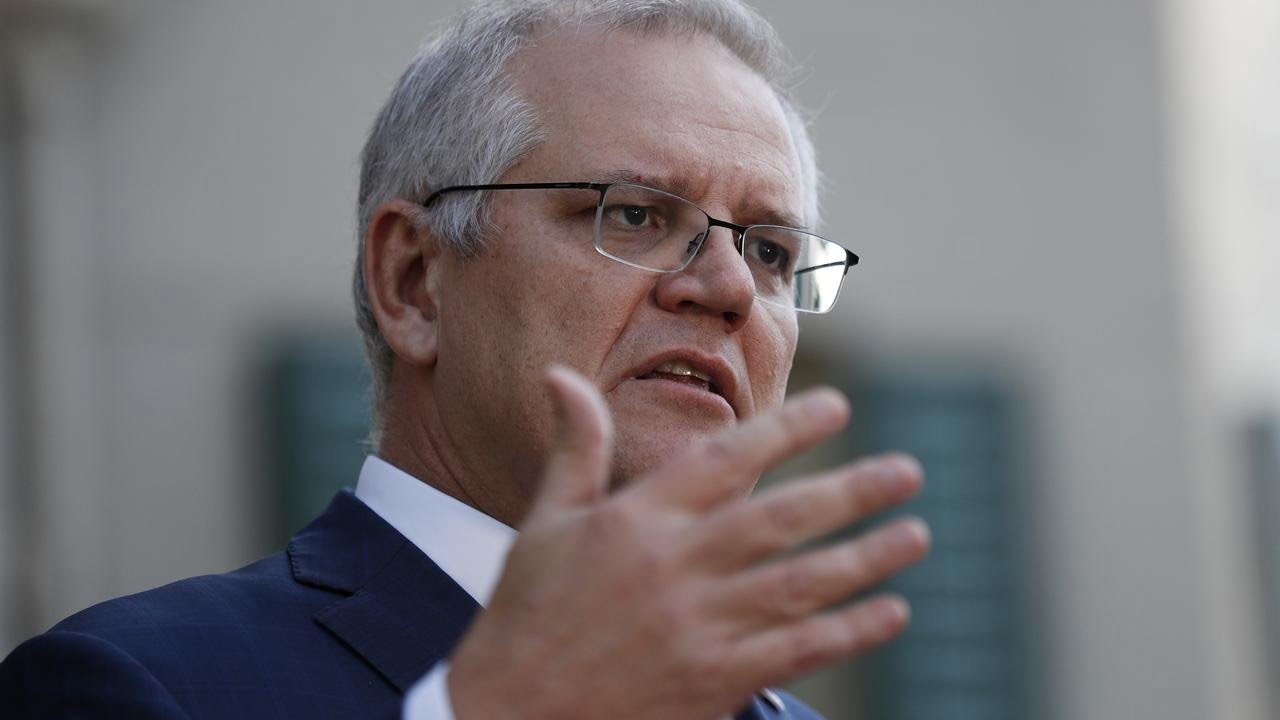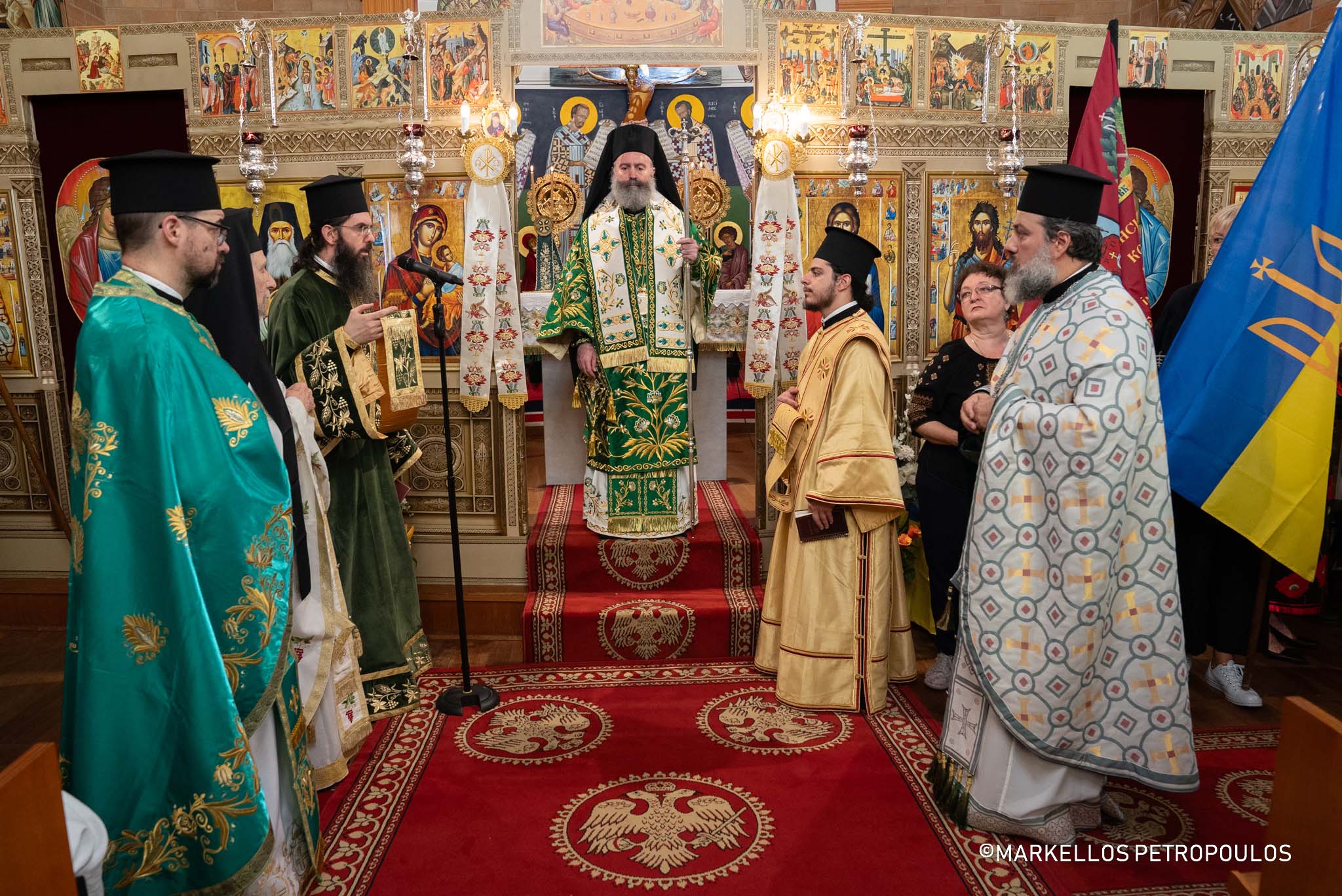Scott Morrison proposes new COVID-19 financial support plan for all states affected by lockdowns


Scott Morrison will propose a more “streamlined” set of financial supports for states and territories affected by COVID-19 lockdowns when National Cabinet meets on Friday.
Speaking to reporters from Sydney on Thursday afternoon, the prime minister said the proposal would see Commonwealth payments be made available to people from the second week of a lockdown.
“As we’re learning with the Delta strain, it’s highly infectious and it’s important we understand if these things become necessary, then Australians and Australian businesses have the confidence about what the arrangements will be,” Mr Morrison said.
Under Mr Morrison’s proposal, support payments of either $375 or $600 a week – depending on work hours lost – would start from the second week of a lockdown but be paid in arrears, and the liquid assets test would be immediately waived.
It would also include the national implementation of the business supports already announced for NSW.
From Thursday, Sydney residents in the Canada Bay, Bayside, the city of Sydney, Inner West, Randwick, Waverley and Woollahra local government areas can apply for the assistance payments Mr Morrison announced alongside Premier Gladys Berejiklian earlier this week.
Mr Morrison also announced a series of changes to the Medicare telehealth system and childcare for residents of Greater Sydney.
He said the temporary Medicare telehealth system will be reinstalled to ensure people in Sydney COVID-19 hotspots have access to longer medical appointments.
“The entire Greater Sydney area will have access to longer phone consultations, that’s 20 minutes or over, that require doctors to spend more time with patients,” he told reporters on Thursday afternoon.
Mr Morrison said he will move from Sydney to Canberra next week.
“I intend to be able to relocate to Canberra, myself that is, next week, in preparation for the parliamentary sittings that will take place in August,” he said.
New South Wales reported 65 new local coronavirus cases with 28 people out and about in the community while infectious.
Ms Berejiklian said she expected higher case numbers on Friday given the number of people still infectious in the community.
PM ‘briefed’ on Victoria’s COVID-19 outbreak
Mr Morrison said he’s had discussions with Victorian Premier Daniel Andrews on Thursday.
He said he’s been briefed on the unfolding situation “by the chief medical officer, along with the other members of the national security committee and those co-opted to consider potential arrangements should there be any changes in Victoria”.
Mr Morrison did not confirm what those changes would entail, saying he has “no knowledge” of whether the state will go into a lockdown, as has been reported.
Victoria recorded two new cases of COVID-19 linked to the Melbourne Cricket Ground on Thursday.
The latest cases are in addition to the ten local cases in the 24 hours to Thursday morning, all of which were previously reported.
The state is now dealing with 75 exposure sites, 1,500 primary close contacts and 5,000 secondary contacts.
‘We need to provide everyone who wants a vaccination with that opportunity’
Mr Morrison said Australia’s overall level of the Pfizer vaccine supply is now increasing.
“We start getting the additional Pfizer vaccines when we’re up to one million a week,” he said.
“The overall level of supply is increasing now and ultimately the NSW government will determine where they’re sending those in the allocation they’re receiving. But equally we’ll be ensuring we’re getting them out in the GP network.”
Australia is currently running “about two months behind where we hoped to have been” on vaccinations, Mr Morrison said, due to “the medical advice that was given around AstraZeneca”.
He said he hopes that, by the end of the year, everyone who wants to get vaccinated will be able to.
“The plan I outlined from National Cabinet has an important transition in step two and step three, and that is where we go from suppressing the virus, about case numbers, which is why we’re having to do what we’re doing right now, and we always have to do at this stage of the pandemic, and moving to a situation where you’re focusing on whether the virus is leading to people going to hospital.
“Whether the virus is leading to people sadly losing their lives in a way that would be greater than what occurs with other viruses.
“There’s many diseases that cause fatality in the community. The issue is getting this virus back to a level where you can treat it the same as other such viruses in the community. That’s really the benchmark.”
Source: sbs.com.au




